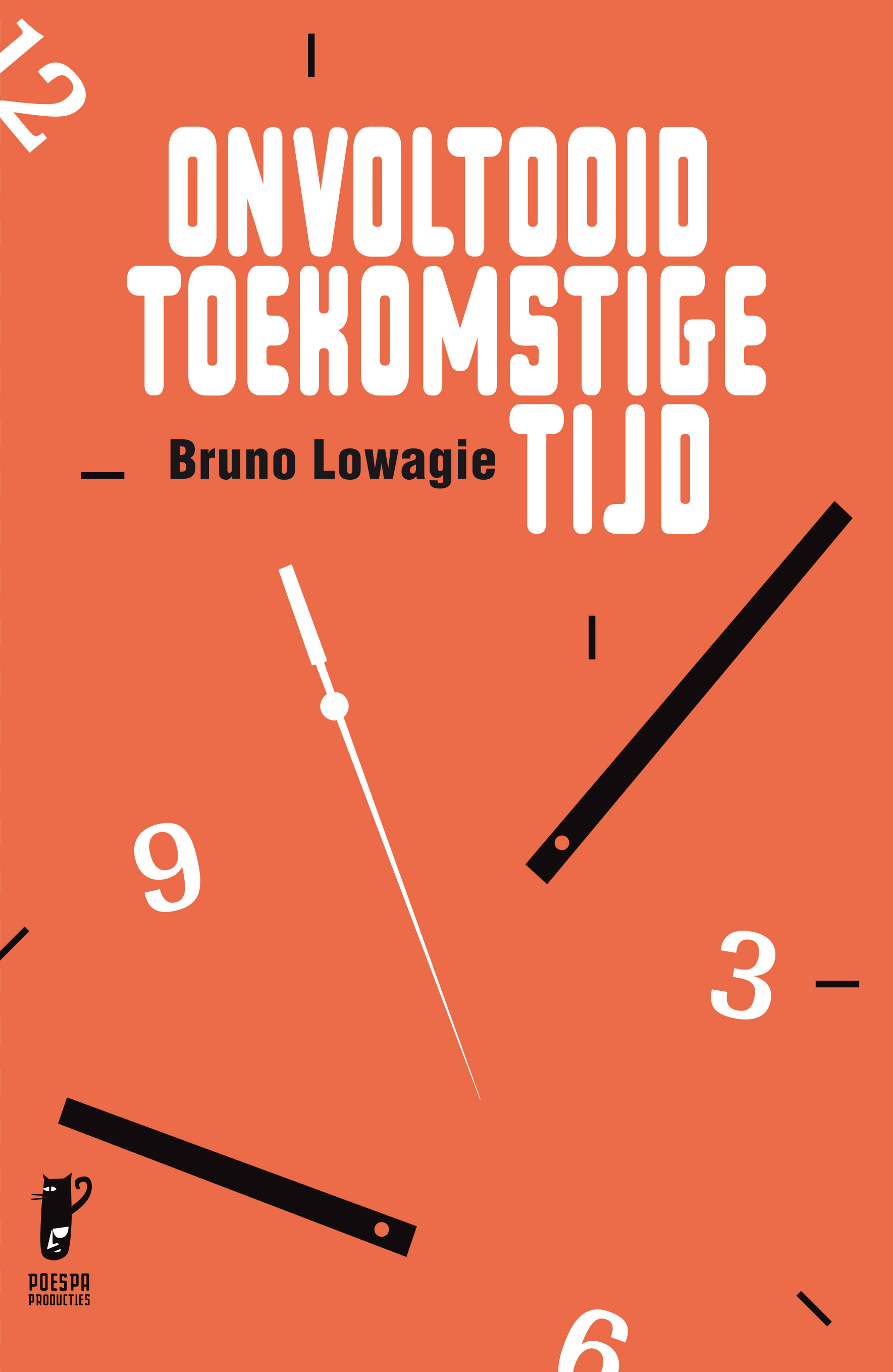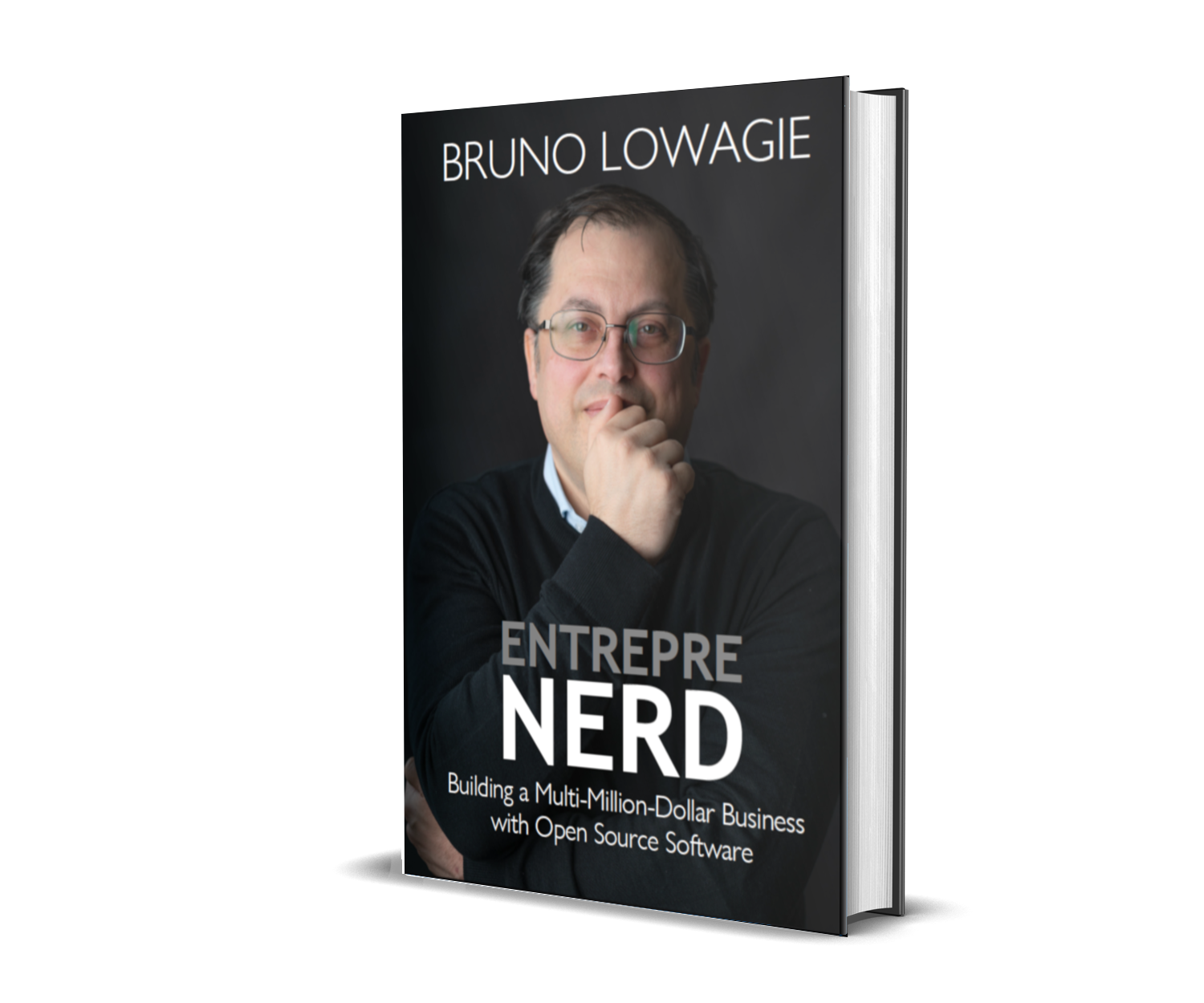2020-11-30
How not to find a publisher
Part 7: Achieving goals
See also part 6: Self-publishing.
If you've read every episode in this series, you may be disappointed now because you didn't learn anything about finding a publisher for your own book. You could have known this in advance. The title of the series already gave it away: How not to find a publisher.
There's a chance you think I'm an awful person after hearing me rant and whine about insensitive literary agents and cowardly publishers for six days in a row. Who do I think I am, claiming literary agents should be happy to work with me? Why would I deserve my book to be published by one of the big five, if even the founder of RedHat didn't get a book deal?
I hear you, and I apologize for the inconvenience. I could defend myself by saying that we probably have a different sense of humor, but it's better if you just stop reading here. Seriously. Stop! Go and do something more useful with your life!
If you're still reading, I'm assuming that you liked my series of blog posts about my struggle to get my book published. Episode after episode, you've been reading about "The Accidental Entrepreneur" without really knowing what this book is about.
In this last episode, I'm sharing the introduction of the book. I wrote it as a bird's eye view of my career as a tech entrepreneur. That also makes it a good summary of my book.
Milestones
“Life is short, you have to perform all the miracles that you can.”
—Andrea in “Any Way the Wind Blows” (2003)
As the founder of your company, you typically encounter three types of milestones:
- First, there are the goals you set yourself. You decide what you want to accomplish with your business, and in which time frame. Failure to achieve your ambitions can cause disappointment, regret, and even pain. The good news is that those feelings are almost always temporary. Either they fade away, or they are eclipsed by success —as was the case with me and my own aspirations.
- Second, there are the deadlines set for you by other people: investors who have put money in your company, customers who depend on your product and service, and last but not least, your family who counts on you for both emotional and financial support. If you miss one or two of those targets, you can get in trouble. If you keep missing them, you might eventually have to say goodbye to your business.
- Finally, there are the accomplishments you only see after the fact. Quite often you’re too busy to notice them in real-time. It’s like climbing a mountain for the first time. The path ahead is visible, but unknown. Only when you reach the top, you can truly see the ground you’ve covered. In my opinion, those are the most rewarding achievements.
In a career that spanned a quarter of a century, I’ve reached many different milestones of each type. The short overview in the next handful of pages should give you a fair idea of what to expect from this book. Attention! Spoilers ahead! If you don’t want to know how the story ends, you might want to skip this introductory chapter and move straight to part I.
Creating iText
I began my professional career by changing jobs three times in two years’ time. In November 1998, at the age of 28, I succeeded in landing my dream job. I was hired by Ghent University to build a suite of applications for the Student Administration of one of Belgium’s finest universities. I made a commitment to my employer that professors would be able to enter the grades of students by the end of the semester, and that administrators would be able to calculate the final degree of every student before the end of the academic year.
Additionally, I promised that the system would produce reports in the Portable Document Format (PDF). In December 1998, I cursed myself for making that promise. Creating PDF wasn’t trivial. None of the tools I experimented with, met the requirements of my project. During the season’s holidays, I started reading the PDF reference manual, and I decided to start writing a new PDF library from scratch. The result was an unplanned milestone that would lead to the creation of iText.
iText is PDF software that is used under the hood of many applications to produce, manipulate, and process PDF. If you have ever created a wish list on the IKEA website, you have used iText when you downloaded the PDF with the items of your choice. The bank statements you receive from your financial institution and the documents sent to you by public services such as the Internal Revenue Service (IRS) or the Social Security Administration (SSA), may have been created with iText. There’s a high chance that iText is involved when you digitally sign a PDF online. iText is software that everyone uses, but hardly anyone ever notices.
Creating a Business Model for iText
Call me crazy, but I was convinced that if I didn’t ask for any money for iText, I wouldn’t have any worries. I made the library available as free and open source software (FOSS), making it easy for developers to use the product without having to pay me anything.
Soon, iText was used by companies such as IBM, Google, and SAP, but my assumption that I wouldn’t have any worries, turned out to be extremely naive. The imbalance between companies using iText for free in their commercial products and applications, and me working after hours to support and maintain the software, forced me into creating a business. If I wanted iText to survive, I would have to start a company and generate revenue, but how do you create a business with something that is perceived as a free resource?
The first iText company almost went bankrupt before I could answer that question. One and a half months after my wife and I founded the first company for iText, our son was diagnosed with Cancer.
We were saved when a friend in Silicon Valley heard about our ordeal. He founded a second company for iText in San Carlos, California. After long debates, I agreed to switch to a more restrictive FOSS license for iText. In December 2009, I released a new iText version under the AGPL. This felt like a bad choice in the short term, but it turned out to be one of the best business decisions I’ve ever made in the long run.
Growing the Business for iText
In 2013, Deloitte acknowledged iText Group as one of the ten fastest growing technology companies in the Benelux. One year later, we won the first Belgian edition of Deloitte’s Technology Fast50.
My wife and I bootstrapped the business without any external capital. We owned 100% of the company, keeping full control over the organization. That was a blessing and a curse at the same time; a blessing because it gave us total freedom, but a curse because the more the business grew, the bigger the personal sacrifices we had to make. In December 2013, we installed a Board of Directors. This allowed us to offload some of our responsibilities to other people.
The members of our board were chosen with an ambitious and unambiguous goal in mind. We would consider the board to be a failure if we didn’t succeed in realizing an exit in three years’ time.
Selling the iText Business
On December 29, 2015, my wife and I took the train to Brussels. We walked from the Central Station to the posh offices of a renowned law firm. We were welcomed by a handful of lawyers and a South-Korean delegation representing an Asian vendor of productivity software.
There was an atmosphere of nervous cheerfulness in the room where a dozen binders were waiting for us on a long table. My wife checked our bank account on her smartphone and shook her head: “Not yet!”
The tension grew. Phone calls were made, and my wife checked our account once more. I don’t remember how many times this scene was repeated, but I can still hear the sigh of relief that went through the room when she finally said: “It’s there!”
What followed, was a strange spectacle. We were guided to a binder on the table and asked to sign the pages marked with tape. As soon as the documents in one binder were signed, we moved to the next one. After every stakeholder had made the full tour of the table, a large sliding door opened to a dining room where we all had lunch together.
That evening, my wife and I took the train back to Ghent as if what had just happened was the most normal thing in the world, but I bet we were the only commuters on the train who returned home twenty million euros richer than they were in the morning.
My wife had sold all her shares, which represented 50% of the company, and she would leave the business. I had sold half of my shares, 25% of the company. I made a commitment to stay on board for at least three more years.
Leaving the iText Business
Four years later, on December 27, 2019, we found ourselves in the same offices of the same law firm. Again, there was tension in the air. I had been forbidden access to my own company in September 2018 and I had almost been forced to sell the remainder of my shares at a price I didn’t agree with. I went to court and I was counter-sued, but I won all the lawsuits that mattered. After fifteen months of legal battle in different courts, all parties were ready to settle.
On March 2, 2020, I signed the shareholders’ register to transfer the remainder of my shares to the new owners of the company, three private equity firms backed by serial entrepreneur Peter Thiel.
About this Book
With this book, I want to share my personal experience in technology and business in the hope that my story will inspire you on your journey as a developer, technical co-founder, and entrepreneur.
- The first part “Failing Forward” covers my not so successful track record before I created iText. I considered myself a little genius in high school, but I was the worst student you can imagine in college. It took me more than a year to find a job after I graduated and another two years before I secured a job that kept me interested. I created my first PDF library by accident.
- The second part “Building Free and Open Source Software” spans more than four decades of FOSS history, starting with the emergence of the first affordable hardware and the first software licenses. I describe how the philosophy that brought about free software transformed into a business model based on open source, and how I underwent a similar metamorphosis from FOSS developer to FOSS entrepreneur.
- In the third part “From Startup to Exit”, you’ll discover how my wife and I further developed the business. I can’t —and won’t— tell you how you should run your company, but I’ll help you making your own decisions by sharing tips and tricks about defining and executing a business strategy, creating value for your company, starting an M&A process, and so on.
This book is also a cautionary tale for readers who want to make a lot of money. Be careful what you wish for, you might just get it!
The movie “Citizen Kane” (1941) starts with the death of the wealthy publishing magnate Charles Foster Kane. A journalist is sent out to discover the meaning of the deceased’s dying word, “Rosebud”. When the reporter interviews Mr. Bernstein, the general manager of Kane’s business empire, they talk about Mr. Thatcher, the tycoon’s childhood guardian and bank manager.
Mr. Bernstein tells the journalist that the banker was the “biggest darn fool” he ever met. Surprised by this remark, the journalist argues: “He made an awful lot of money.”
But Mr. Bernstein isn’t impressed. He answers:
“Well, it’s no trick to make a lot of money...
if all you want is to make a lot of money.”
My interpretation of this witty reply evolved over the years. When I wrote the first lines of the iText code, I was convinced that I was pursuing a higher ideal. I smiled in disbelief when people told me that I could ―and should― make money with my work.
My smile disappeared when I realized that generating revenue was an essential prerequisite if I wanted my ideals to survive. It took me years of blood, sweat, and tears to perform my miracles. When iText eventually made me a millionaire, I gained a better understanding of what Mr. Bernstein meant.
This book is a personal testimonial. My account of the sequence of events is colored by my personal experience and my singular point of view. For instance, you’ll notice that I felt betrayed on different occasions. Betrayal probably wasn’t always the intention of the people who allegedly misled me. Sometimes they just made a business decision that went against my interests.
I’ll probably never be friends with the antagonists in my story, but I’ve tried being mild while writing about them.
All is forgiven.
Conclusion
I think I have a good story to tell. I want to turn that story into a good book. I can try doing that on my own, but no matter how much effort I put into it, I know it's not going to be the best book I can produce. I need the help of professionals with more experience and skills that complement mine.
Some of the literary agents and publishers I mentioned in previous episodes might be unhappy because of the way I portrayed them, but I hope they understand that I didn't mean to disrespect them, and I apologize if I did. I merely expressed my frustration not being allowed to work with them. Eventually, I will produce my book, but together, we can make it a much better result than when I have to do all the work on my own.
Onvoltooid toekomstige tijd
Entreprenerd
Wintercircus
Blog
- 2026-01-11:
De Marshmallow-politiek: Waarom herverdeling een recept voor armoede is - 2026-01-04:
Book sales Entreprenerd 2021-2025 - 2025-12-24:
Furious Fiction Challenge: The Vatican Shuffle






